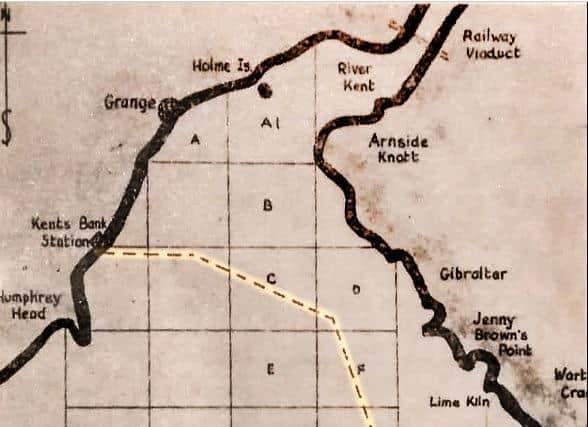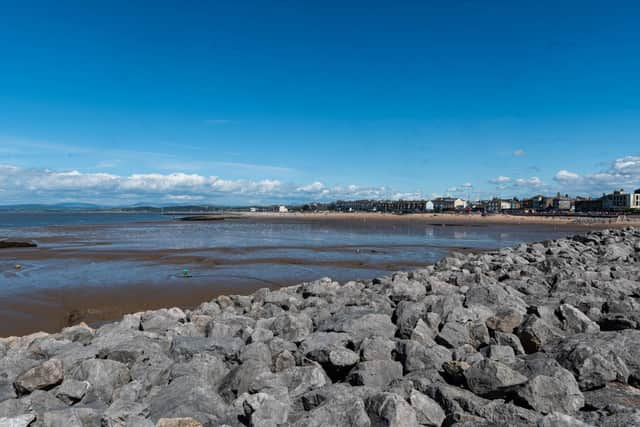Wrecks and drownings in Morecambe Bay in the 19th century
and live on Freeview channel 276
In the past the sands have provided many travellers with a short but treacherous route between the east of the bay and the Furness peninsula.
By the beginning of the 19th century the ‘Old Coach Road’ was a well-established stagecoach route between Hest Bank and Kents Bank.
Advertisement
Hide AdAdvertisement
Hide AdMeanwhile local people often crossed various parts of the bay on foot or with their own horse-drawn vehicles, travelling for work, to meet friends and family, or to visit markets and fairs across the sands.


Over the next hundred years around 35 of these travellers are known to have died when they were overtaken by the tides, caught out by shifting channels or trapped by quicksand.
At least nineteen other bodies were found washed up around the Bay during the same period, drowned in unknown circumstances.
One major accident in 1846 was reported in the Lancaster Guardian: “On June 4 1846, nine persons, whose ages ranged from 16 to 28 years, and including two women were drowned on Ulverston Sands in returning from Ulverston Whitsuntide fair. They were riding in a cart belonging to a fisherman called Moore of Flookburgh, and the driver had been accustomed to the sands all his life. But this experience did not save him from plunging the party into a hole called Black Scarf, and every one of them was quickly and silently engulfed without exciting the observation of others who were following in the same direction”.
Advertisement
Hide AdAdvertisement
Hide AdThe dead were Thomas Moore, Robert Benson, Thomas Stevenson, Eleanor Inman, Jane Inman, William Croasdale. William Hanson, Jane Sefton (all from Cartmel), and John Brooks of Holker. They were crossing the Leven channel in a cart when it upset in the Black Scar Hole at around ten o’clock at night.


All the bodies were recovered as well as that of the horse which was still harnessed to the cart.
It was believed the cart upset into a hole left in the sand by a grounded coaster that would have been unknown to the carter.
Thanks to the Friends of Lancaster Maritime Museum for their report ‘Crossing the Sands – The most dangerous highway in Britain.’